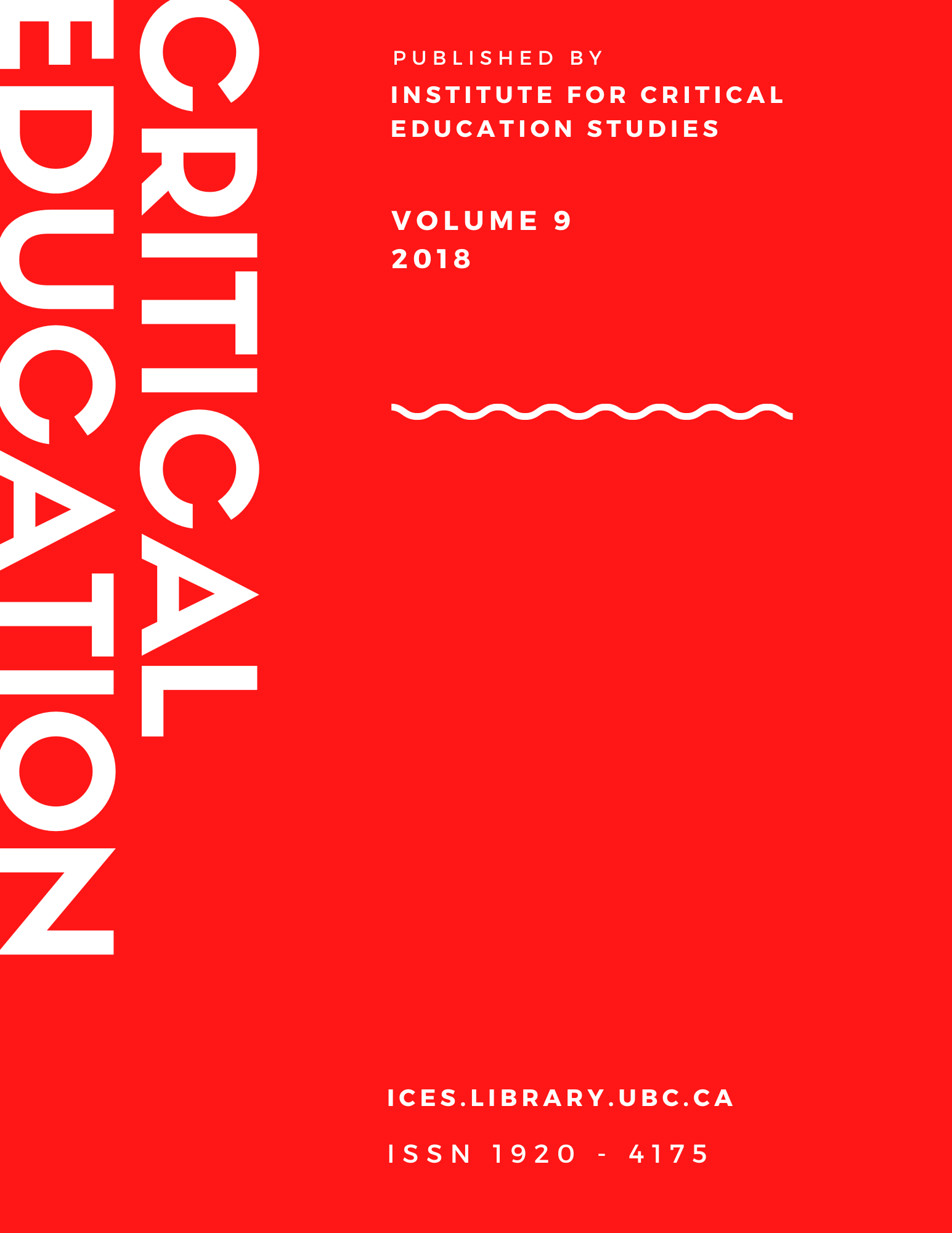Native Philosophy as the Basis for Secondary Science Curriculum
DOI:
https://doi.org/10.14288/ce.v9i16.186271Keywords:
Native Philosophy, Education, STEM, Social Justice, CurriculumAbstract
The Western approach to teaching science is generally inaccessible to Native American students because it is in opposition to a Native philosophy of thought and worldview. If we taught science through a curriculum based on Native philosophy, would we be able to make it more accessible and appealing? What if we focused on concepts such as relatedness, place, indigenous realism, and pluralism? Might we increase the number of Native American students choosing to take science courses and study a Science, Technology, Engineering, and Mathematics (STEM) field in college? While it may seem paradoxical to put Western science together with Native philosophy to construct a science curriculum, if we approach the challenge from a Native perspective perhaps it is not. Along with the concepts of pluralism and relatedness of all things, can indigenous realism be the basis for a science curriculum that is open and accessible to Native students?
Downloads
Published
Issue
Section
License
Authors who publish with Critical Education agree to the following terms:
- Authors retain copyright and grant the journal right of first publication with the work simultaneously licensed under a Creative Commons Attribution License that allows others to share the work with an acknowledgement of the work's authorship and initial publication in this journal.
- Authors are able to enter into separate, additional contractual arrangements for the non-exclusive distribution of the journal's published version of the work (e.g., post it to an institutional repository or publish it in a book), with an acknowledgement of its initial publication in this journal.
- Authors are permitted and encouraged to post their work online (e.g., in institutional repositories or on their website) prior to and during the submission process, as it can lead to productive exchanges, as well as earlier and greater citation of published work (See The Effect of Open Access).












